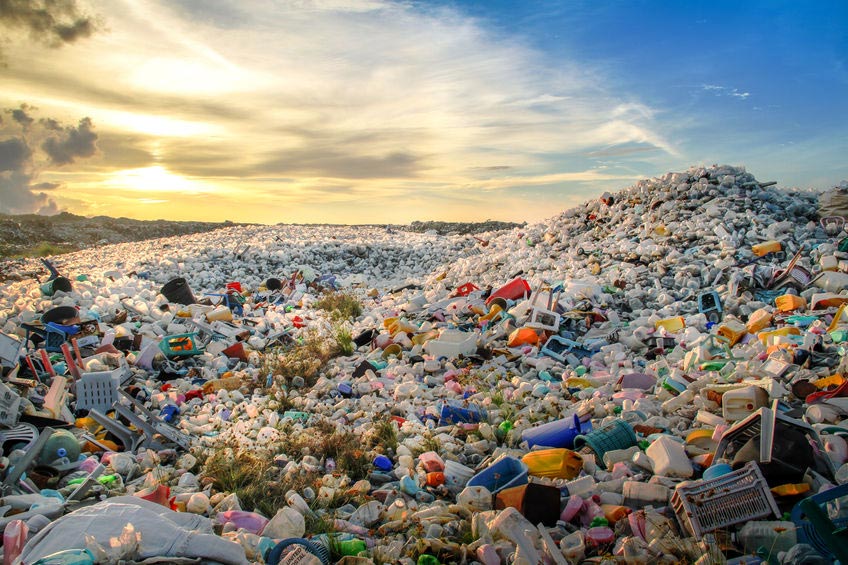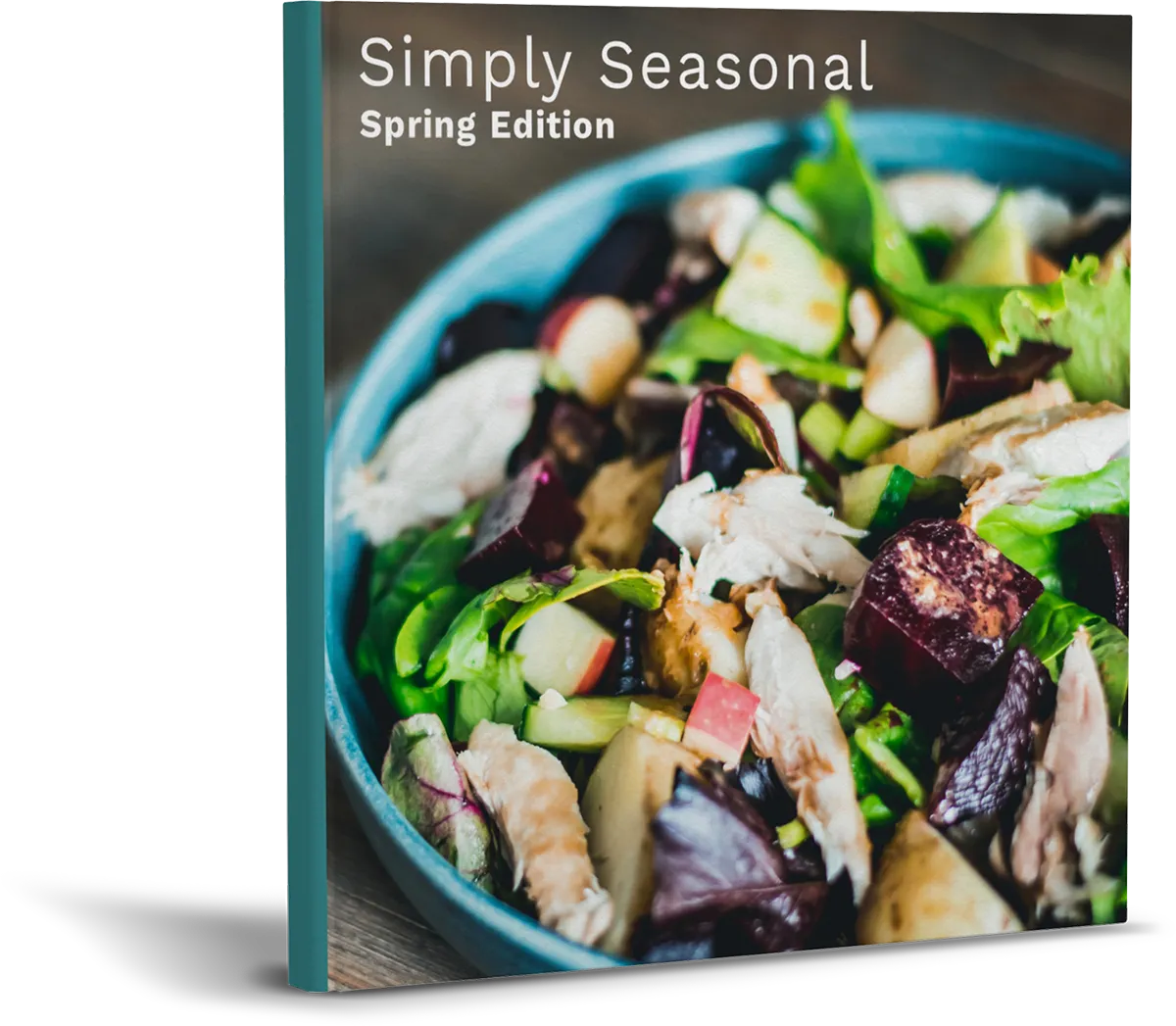Plastic is far from fantastic. For a material that was only invented just over a century ago in 1907, it has certainly left a large and ugly mark on the planet.
Since the beginning of large scale production in the 1950s, researchers from the Sea Education Association, the University of California and the University of Georgia, estimate that more than 9 billion tonnes of plastic have been manufactured – that’s the equivalent of 1.3 million empty double decker buses in weight – all of which still exist in some shape or form today. As a man-made material, it is not biodegradable. It can only photodegrade into tiny fragments.
The unfortunate thing with this is that animals are now consuming these plastic fragments, devastating the wildlife directly, often causing significant internal damage or filling their stomachs and ultimately causing starvation as their stomachs fill with this indigestible material, leaving no space for real food.
On top of that, the plastics or by-products of plastic accumulate in the tissues of these animals, predominantly in fat cells but also in muscle tissue. As a result, animals further up the food chain are then consuming these animals and taking on concentrated forms of these toxic compounds. The animals at the top of the food chain (like us) are now ingesting these endocrine (hormone) disrupting chemicals.
It is no wonder that exposure to toxins found in plastics are linked with increasing levels of infertility (male and female) and hormone mediated conditions such as endometriosis & PCOS as well as hormone and non-hormone related cancers.
We often spend so much time and money trying to find a drug-based cure for these complex conditions and illnesses and such little time considering the role of nutrition, lifestyle and environment factors. Perhaps working on limiting the exposure to such compounds can go a long way to helping prevent hormone related conditions?!
Less than a fifth of all plastic is recycled globally. So where does it end up? In our landfills and in our oceans, with devastating consequences for the environment.
According to conservation organisation Ocean Crusaders, there are 5.25 trillion pieces of plastic debris in the sea – that’s around 46,000 pieces per square mile. As a result, millions of sea birds and marine creatures are killed every year and precious ecosystems are destroyed.
But it’s not just wildlife that is impacted. More than 3.5 billion people depend on the ocean for their primary source of food and water, and with an ever-increasing global population, this number is set to potentially double in the next few decades. A scarcity of these resources could have serious repercussions for human life.
So, what can we do to help mitigate this problem? While the biggest positive changes will be made from the top down once governments implement better policy, not all hope is lost. We can still take matters into our own hands with one easy and effective action.
Avoiding single-use plastics
As consumers, every time we buy a product we are voting for the kind of world we want to live in. It is paramount that we start moving away from one-time, throwaway plastics that contribute towards the degradation of the planet, negative impact on wildlife as well as human health, in exchange for long-lasting or natural alternatives.
The 5 biggest polluters to avoid when you’re on the go are:
- Plastic straws
- Plastic bags
- Plastic bottles
- Plastic coffee cups and lids
- Plastic cutlery
Swap these with more environmentally friendly and durable materials such as glass and stainless steel, or natural resources bamboo and hemp, and you will drastically reduce your personal plastic footprint whilst saving money in the long run. Avoid the bag charge at the checkout, fill up your own water bottle for free, and get money back on hot drinks in most of the big café brands with your own takeaway cup. A win for you, and a win for the planet.
This article was co-written with my good friend and yoga instructor Lotte Bowser. Please check out her website and Instagram page for more inspirational blogs and details on services that she offers.
[widgetkit id=”778″]
Contact Steve Grant Health
To learn more out how Steve Grant Health can assist you on your journey, please fill out the enquiry form below.
Please note that depending on your specific circumstances and goals, Steve may recommend that you work with one of the specialist practitioners within his network of trusted professionals.
If you have been referred by a clinician, please complete the form and ensure that you state who has referred you or have your practitioner email Steve direct to make a referral that way.
Click the button below to open the client enquiry form:
[widgetkit id=”643″]


